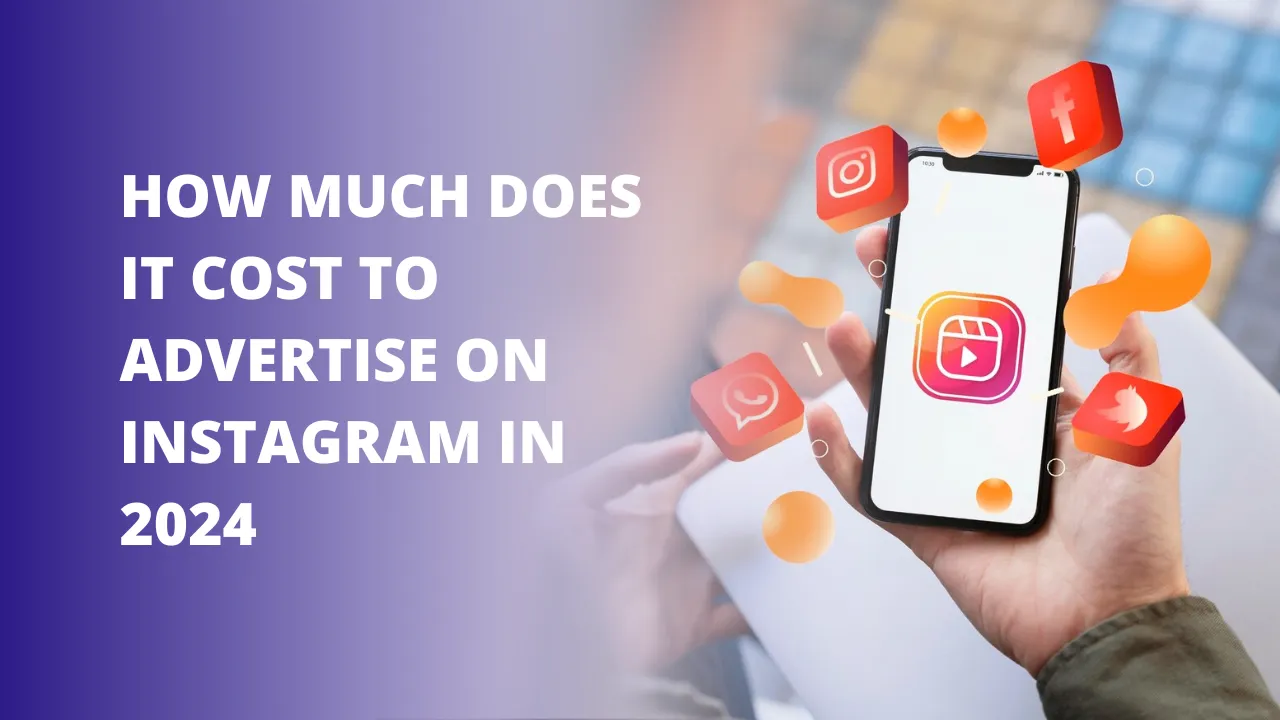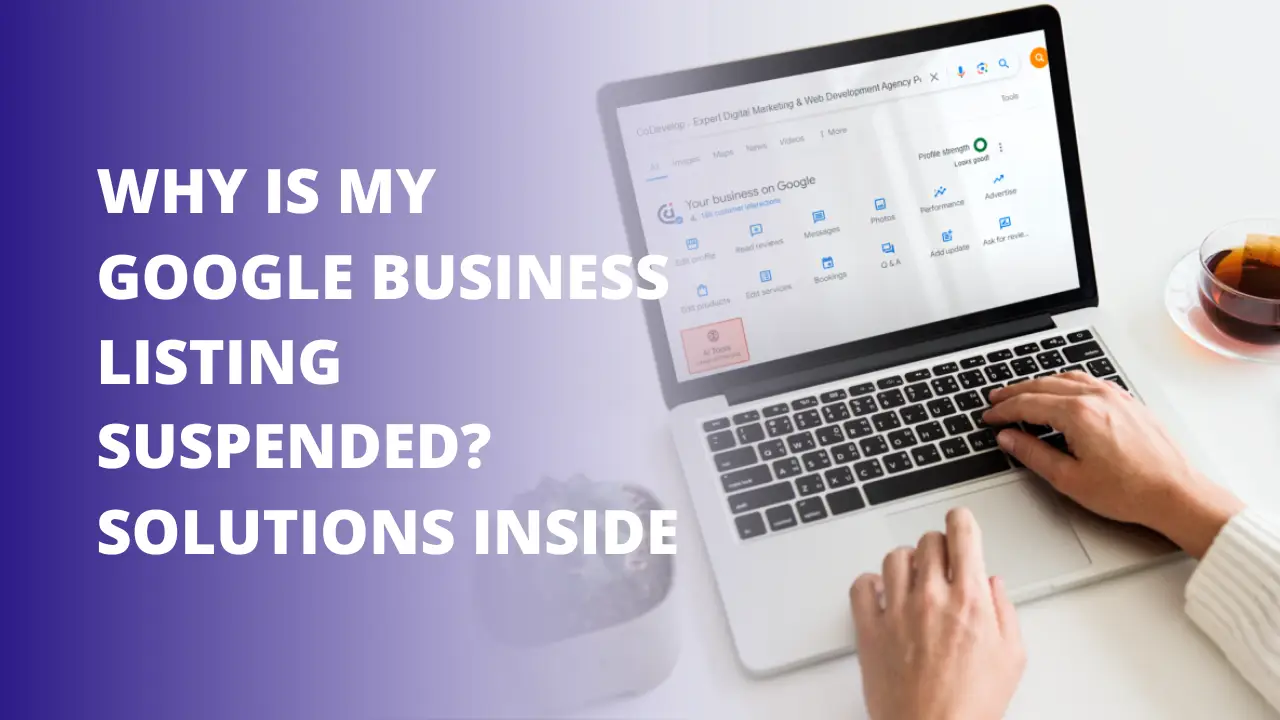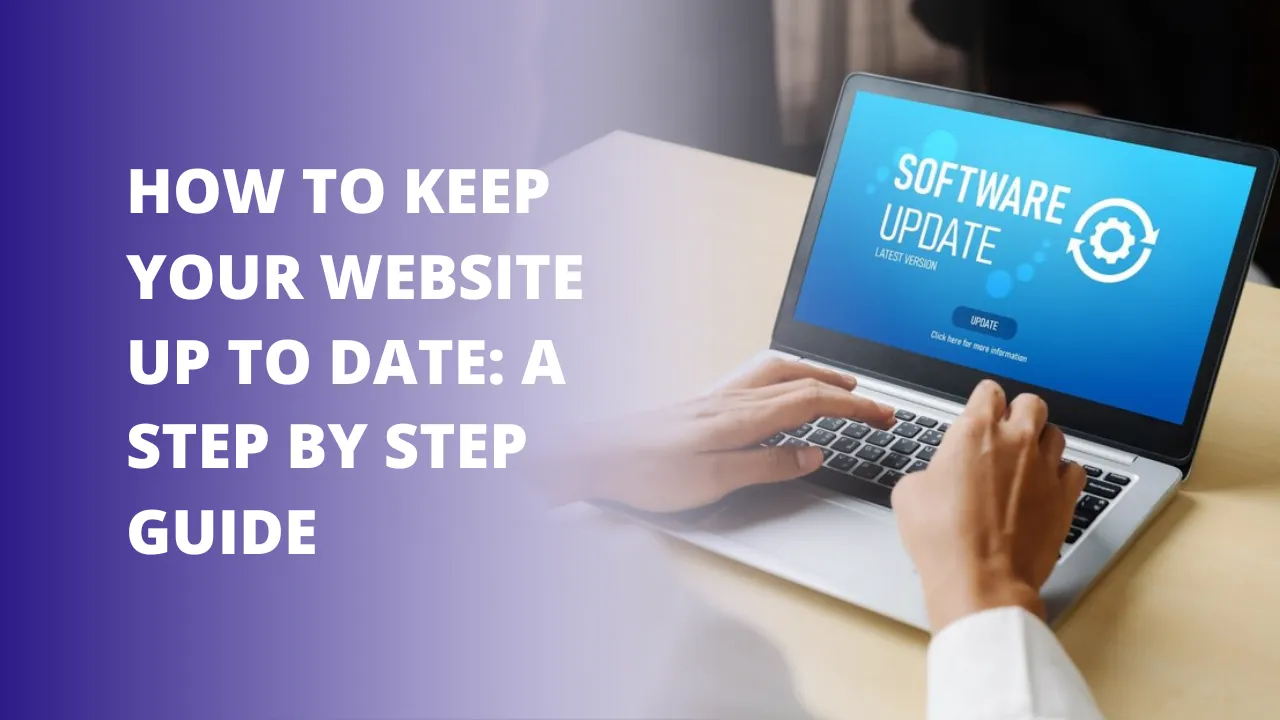- Understanding Instagram's Advertising Auction System
- Factors That Determine Ad Costs on Instagram
- Strategies to Optimize Your Instagram Ad Spend
- Select Appropriate Campaign Objectives and Utilize Automatic Placements
- Test and Optimize Ad Variations
- Enhance Landing Pages and Ad Relevance
- Implement Advanced Bidding and Budgeting Strategies
- Utilize Advanced Targeting Techniques
- Monitor, Analyze, and Optimize Continuously
- Leverage Social Media Marketing Tools
- Comparing Instagram Ad Costs with Other Platforms
- Conclusion
- FAQ's
Considering that social media marketing is becoming increasingly popular, it has become increasingly important for businesses seeking to enhance their online presence to understand how much it costs to advertise on Instagram by 2024. Using an auction-based system, Instagram ads let advertisers specify a budget and bids for their ads, ensuring that they appear on the feeds and stories of users who are most likely to be interested in them. In this article, we will discuss how much does it cost to advertise on Instagram, as well as some strategies for optimizing ad spending. It will also provide a comprehensive overview for businesses planning social media marketing budgets by comparing Instagram ads with other platforms.
Understanding Instagram's Advertising Auction System
Instagram's advertising auction system is one of the most sophisticated on the market. It was intended to optimize user experience and advertiser value and determine which ads users will see in their feeds and stories. Here's a closer look at how the system works:
Role of Machine Learning
With Instagram's advertising system, advanced machine learning algorithms are utilized to determine which ads are most relevant to the individual users. To predict which advertisements are likely to be viewed by interest-specific users based on their past interactions and preferences, these algorithms analyze vast amounts of data.
Key Factors Influencing Ad Placement
- Advertiser Audience Selection: Choosing the right audience for an advertiser is crucial as it determines whether the advertisement is seen by the target audience you have identified. By selecting criteria such as age, location, interests, and more, advertisers can narrow down the audience that they wish to target.
- Ad Auction Results: Although ads are not merely displayed based on the highest bidder, they are also ranked based on a calculated "total value score", which takes into account several factors as well as the highest bidder.
Understanding the Total Value Score
The total value score is a composite metric determined during the ad auction. This score is based on:
- Advertiser Bid: The monetary amount an advertiser is willing to pay for the ad placement.
- Estimated Action Rate: Predict how likely users are to interact with the ad, such as clicking or liking.
- Ad Quality Score: An evaluation of the ad's overall quality and relevance to the target audience.
Auction Dynamics
- The Auction Process: During the auction, Instagram's algorithms calculate the total value score for each ad competing for the same slot.
- Ad Delivery: The ad with the highest total value score wins the auction and is displayed to the user.
- Second-Price Auction Model: Interestingly, Instagram employs a second-price auction model where the winning advertiser pays just enough to outbid the second-highest bidder rather than their maximum bid.
Importance of Relevance and Estimated Action Rates
- Relevance: This factor ensures that users see relevant and meaningful ads, enhancing their overall experience on the platform.
- Ad Estimated Action Rates: These estimate how much engagement an ad might receive, influencing its chance in the auction.
Strategic bidding
- Actual Bids: Advertisers set bids based on the ad placement's value. By relying on actual bids, estimated action rates, and ad quality, the system ensures that the space goes to the highest bidder, but also the one that will engage and be relevant.
As a result of this system, Instagram provides relevant content to users and offers businesses effective advertising solutions.
Factors That Determine Ad Costs on Instagram
There are several factors that affect the cost of Instagram advertising, all of which have an impact on the overall cost of campaigns. It is important for advertisers to understand these factors in order to make informed decisions in order to maximize the effectiveness of their Instagram advertising campaigns.
Campaign Objectives
Depending on the objective of a campaign, there are different costs associated with it; brand awareness campaigns are typically less expensive than campaign-based conversions, because there is a difference in user engagement and action required by users.
Audience Size and Targeting
The size and specificity of the audience targeted will have a significant impact on the cost of advertising. Due to the lower level of competition, it is usually cheaper for advertisers to reach a large audience than a small target audience. However, niche audiences are more likely to engage with advertisements.
Budget and Bid Strategy
A campaign's budget and the type of bidding strategy used (automatic or manual) affect the cost of the campaign, the higher the budget, the more competitive the bids will be, and the broader the reach will be, while a lower budget will limit the visibility.
Ad Quality and Relevance
Getting high-quality, relevant ads into the hands of your audience, and thereby lowering your campaign costs can be achieved by using Instagram's algorithms, which give preference to ads that are likely to engage users, reflected in the relevance score of the ad.
Placement and Format
Depending on the ad placement – Stories, Feeds, Videos, or Carousels – as well as the format, costs will vary based on the engagement rate and visibility of each ad.
Timing and External Factors
Due to fluctuating user activity and the demand for ads, seasonal trends and to the specific time of day advertisements are run can have an impact on costs.
Performance Metrics
Ads that perform well and have a high CTR usually cost less per engagement than those with a low CTR. Other metrics such as the Click-Through Rate (CTR) have a direct impact on cost.
Minimum Spend Thresholds
Depending on which type of engagement you are looking for on Instagram, there is a minimum spending limit that can affect how much you spend setting up your campaign.
In order to manage your social media marketing budgets more effectively, it is essential to understand these factors and use them as a basis for strategic planning for Instagram advertising.
Strategies to Optimize Your Instagram Ad Spend
Select Appropriate Campaign Objectives and Utilize Automatic Placements
- Choose Funnel-Appropriate Objectives: Align your campaign objectives with your marketing funnel stages. For instance, opt for brand awareness or reach objectives in the upper funnel and conversion objectives in the lower funnel.
- Leverage Automatic Placements: Allow Instagram's algorithm to place ads across various placements where they are likely to perform best, optimizing your spending and extending reach.
Test and Optimize Ad Variations
- Experiment with Ad Creatives: Test different formats like videos, GIFs, and visual effects to see which engages your audience most effectively.
- Use Strategic Hashtags and Timing: Incorporate relevant hashtags and schedule posts during optimal times to maximize visibility and engagement.
Enhance Landing Pages and Ad Relevance
- Create Engaging Landing Pages: Ensure the landing pages linked to your ads are highly relevant, engaging, and optimized for conversion.
- Optimize Ad Relevance: Tailor ad content to closely match the interests and behaviours of your target audience, enhancing ad performance and reducing costs.
Implement Advanced Bidding and Budgeting Strategies
- Adopt Automatic Bidding: Utilize Instagram's automatic bidding to maximize your budget efficiency based on set goals.
- Set Realistic Budgets: Determine a budget that reflects your marketing goals and allows for adequate testing and optimization.
Utilize Advanced Targeting Techniques
- Target with Precision: Use Instagram's custom and lookalike audiences to reach individuals most likely interested in your products or services.
- Refine Your Target Audience: Continuously refine your audience targeting to ensure your ads are seen by the most relevant users and minimize wasted spending.
Monitor, Analyze, and Optimize Continuously
- Regular Performance Reviews: Monitor ad performance metrics regularly to identify underperforming ads and make necessary adjustments.
- Leverage A/B Testing: Continuously test different ad elements, including visuals, copy, and audiences, to determine the most effective combinations.
Leverage Social Media Marketing Tools
- Automate Ad Management: Use tools to streamline your Instagram campaigns' creation, tracking, and optimization.
- Data-Driven Decision Making: Implement tools for automated reporting to make informed adjustments and improve your Return on Ad Spend (ROAS).
Comparing Instagram Ad Costs with Other Platforms
Generally, Instagram advertising costs tend to be higher than those for other social media platforms, largely because Instagram is owned and operated by Facebook, which makes extensive use of its sophisticated algorithms and extensive data utilization. Below image represent a comparative analysis of social media advertising costs across various platforms so that we can better understand where Instagram fits in the spectrum of social media advertising expenses.
Average Costs Per Click (CPC) & (CPM) Across Platforms:

Strategic Considerations for Advertisers
When planning social media advertising budgets, businesses should consider several factors:
Conversion Rates and Average Order Value (AOV): These metrics help advertisers assess the potential return on investment (ROI).
Ad Quality: Platforms like Instagram and Facebook offer advanced targeting options that may improve ad performance, but may also cost more.
Professional services: Using expert services can increase campaign performance across platforms, and provide a higher return on investment by adjusting strategies as platform-specific nuances arise.
Having a thorough understanding of these dynamics allows advertisers to allocate advertising budgets appropriately across platforms, balancing the cost considerations with potential engagement and conversion benefits.
Conclusion
As shown in a recent study, the cost of advertising on Instagram in 2024 will depend on several factors, such as campaign goals, audience targeting, and ad quality. To achieve the best return on investment on this dynamic platform, optimizing your ad spending through targeted targeting and creative testing is important. Various factors can influence the cost of a single ad on the platform, including seasonal trends and ad formats. However, businesses with the right insights into this operation and a working understanding of the platform's unique auction system can overcome these hurdles seamlessly.
If you would instead seek help from an expert, hiring an Instagram advertising agency could be a better option. You can get guidance from an Instagram ads expert who can evaluate the average cost of Instagram advertising for your industry and help you achieve your advertising goals.
If interested, contact us today to learn how Codevelop, a Social Media Marketing agency, can help grow your business with successful Instagram campaigns.
FAQ's
Businesses can expect to spend anywhere from $0.25 to over $2 per click when advertising on Instagram. The cost per 1,000 impressions can be between $4 and $10, and the cost per engagement action typically falls between $0.03 and $0.11.
Yes, investing in Instagram ads is considered beneficial for promoting your brand. The platform offers a variety of ad formats, including photo/image ads, carousel ads, and sponsored ads. Instagram's rapid growth makes it a valuable channel for marketers to utilize through the Ads Manager.
Instagram ads boast a high ROI, with an average of $65 per referred sale. This figure exceeds Facebook's $55 and Twitter's $46.26. Instagram also has a relatively high conversion rate of 1.08%, which, despite being lower than Facebook's 1.85%, still exceeds the conversion rates on Twitter (0.77%) and Pinterest (0.54%).





Leave a Reply